Ayurveda, rooted in ancient Indian wisdom, offers a holistic approach to health that centers on maintaining equilibrium within the body and mind. Its foundational concept, Tridosha, describes three primary energies; Vata, Pitta, and Kapha, that orchestrate all physiological and psychological processes. Vata, linked to air and space, governs movement and communication. Pitta, associated with fire and water, manages digestion, metabolism, and transformation. Kapha, formed from earth and water, provides structure, stability and moisture.
Each individual is born with a distinct ratio of these doshas, known as their constitution or prakriti. This unique blend shapes physical appearance, emotional tendencies, and susceptibility to certain health conditions. Imbalances in the doshas can arise from diet, environment, stress, and lifestyle choices, leading to discomfort or disease.
Ayurveda emphasizes prevention and personalized care. By understanding your dosha makeup, you can select foods, daily routines, and natural therapies that restore and maintain harmony. This tailored approach supports vitality, mental clarity, and long-term well-being, making Ayurveda a dynamic system for living in sync with your body’s innate intelligence.
What is Tridosha?
Meaning and Origins
Tridosha is the core principle of Ayurveda, describing three vital energies; Vata, Pitta, and Kapha, that direct all physical and mental processes. Each dosha arises from a unique combination of the five elements: Vata from air and space, Pitta from fire and water, Kapha from earth and water. These energies are not substances but dynamic forces that shape every aspect of human physiology and psychology.
The origins of Tridosha trace back to ancient Vedic texts, where early thinkers observed natural patterns and linked them to health and disease. The concept evolved as Ayurveda integrated philosophical ideas from the Vedas, especially the interplay of elements and their impact on living beings. This framework allowed practitioners to explain the diversity of human constitutions and responses to the environment.
Vata governs movement and communication in the body, Pitta manages transformation and metabolism, and Kapha provides stability and structure. The balance among these doshas determines an individual’s constitution, known as Prakriti, and influences health, temperament, and vulnerability to illness. Imbalances in the doshas disrupt harmony and lead to disease, making the restoration of equilibrium central to Ayurvedic practice.
Tridosha system remains relevant today, guiding personalized approaches to diet, lifestyle, and treatment. By understanding and balancing these energies, Ayurveda offers a holistic path to health that honors the uniqueness of every individual.
Characteristics of Vata Dosha
Vata dosha is defined by the qualities of air and space, making it light, dry, cool, and mobile. It governs all movement in the body, including breathing, circulation, nerve impulses, and the function of muscles and joints. Vata is responsible for creativity, adaptability, and quick thinking, often reflected in individuals who are energetic, enthusiastic, and imaginative.
Physically, Vata-dominant people tend to have a slender build, dry skin, variable appetite, and irregular sleep patterns. Their energy and mood can fluctuate quickly, and they may be sensitive to cold and prone to feeling anxious or restless when out of balance. Digestion is often irregular, and they may experience bloating or constipation.
Mentally, Vata promotes alertness, inspiration, and flexibility, but excess Vata can lead to worry, distraction, or difficulty focusing. Maintaining routine, warmth, and nourishment is essential for keeping Vata balanced, as this dosha is easily disturbed by stress, travel, and erratic habits. Recognizing these characteristics helps tailor lifestyle and dietary choices to support stability and health for those with a predominant Vata constitution.
Characteristics of Pitta Dosha
Pitta dosha embodies the elements of fire and water, representing heat, transformation, and metabolic activity in Ayurveda. Physically, individuals with a dominant Pitta dosha typically have a medium build, well-defined muscles, and skin that is warm, oily, and prone to redness or breakouts. Their hair may be fine, straight, and susceptible to early greying or thinning. Pitta types often sweat easily and feel uncomfortable in hot weather, preferring cooler environments.
Mentally and emotionally, Pitta is characterized by sharp intellect, decisiveness, and ambition. These individuals are focused, organized, and natural leaders with a strong drive for achievement. They process information quickly and value precision and efficiency. However, when Pitta is elevated, traits such as impatience, irritability, and a tendency toward criticism or perfectionism can emerge.
Digestive strength is a hallmark of Pitta, with a robust appetite and efficient metabolism. When imbalanced, Pitta may lead to symptoms like heartburn, acid reflux, inflammation, skin rashes, and excessive body heat. Maintaining balance involves cooling foods, calming routines, and stress management to temper Pitta’s intensity and support overall well-being.
Characteristics of Kapha Dosha
Kapha dosha is defined by the qualities of earth and water, bringing heaviness, stability, moisture, and coolness to the body and mind. Physically, those with dominant Kapha typically have a solid, broad frame, smooth and oily skin, thick lustrous hair, and large, expressive eyes. Their metabolism is slow, and they tend to gain weight easily. Kapha types enjoy deep, restful sleep and have steady energy, but may feel sluggish or lethargic if imbalanced.
Emotionally, Kapha individuals are calm, compassionate, and loyal, often serving as a source of support for others. They possess a stable temperament, strong endurance, and a nurturing disposition. Their memory is reliable, and they are patient and persistent, though they may resist change and become overly attached to routines or people.
When Kapha is in excess, it can lead to weight gain, sluggish digestion, water retention, congestion, excessive sleep, and emotional heaviness. To maintain balance, Kapha benefits from regular activity, stimulating routines, warm and light foods, and environments that avoid cold and dampness. Recognizing these characteristics helps guide lifestyle and dietary choices to support Kapha’s natural strengths and prevent stagnation.
What Are the Imbalance Symptoms for each Dosha?
Vata imbalance often presents as dryness of the skin, hair, lips, and joints, along with constipation, bloating, and dehydration. Individuals may experience restlessness, anxiety, insomnia, and difficulty focusing. Physical symptoms can include cold extremities, muscle spasms, joint pain, weight loss, and irregular digestion. Emotional signs include feeling ungrounded, overwhelmed, and easily agitated.
Pitta imbalance is marked by excessive heat in the body, such as skin rashes, redness, acne, and inflammation. Digestive issues like heartburn, acid reflux, and loose stools are common. Emotional symptoms include irritability, impatience, anger, and a tendency toward criticism or perfectionism. Other signs include excessive sweating, sensitivity to heat, and a strong appetite that may lead to discomfort if meals are missed.
Kapha imbalance typically manifests as weight gain, sluggish digestion, excessive mucus, and water retention. Individuals may feel lethargic, heavy, and have difficulty waking up. Emotional symptoms include stubbornness, attachment, and a tendency toward emotional overeating. Other signs include thick coating on the tongue, slow bowel movements, and a general sense of dullness or lack of motivation.
How Chakras are associated with Tridoshas?
In Ayurveda, chakras and tridoshas are two interconnected systems that together shape physical, mental, and energetic health. Chakras are seven primary energy centers aligned along the spine, each linked to specific physiological and psychological functions. Tridoshas are the three fundamental energies governing all bodily processes.
Each dosha is associated with particular chakras based on elemental qualities and functional roles. Vata, composed of air and space, connects strongly with the throat and heart chakras, reflecting its influence over communication, movement, and emotional expression. Pitta, made of fire and water, aligns with the solar plexus chakra, which governs digestion, transformation, and personal power. Kapha, rooted in earth and water, is linked to the sacral and root chakras, supporting stability, nourishment, and grounding.
The relationship extends to the subtle energy channels, or nadis, that carry prana throughout the body. Vata predominates in the ida nadi, Pitta in the pingala nadi, and Kapha in the sushumna nadi, each channeling energy through specific chakras and influencing the flow of life force.
Disruptions in doshic balance can manifest as blockages or deficiencies in the corresponding chakras, affecting both physical health and emotional well-being. Ayurveda uses diet, lifestyle, herbs, meditation, and yoga to restore balance, ensuring free flow of energy through the chakras and harmony among the doshas. This integrated approach supports holistic healing and personal transformation.
Lifestyle Tips for Dosha Harmony
Balancing Vata, Pitta, and Kapha doshas requires a targeted approach that combines daily habits, diet, and herbal support. Each dosha responds best to specific adjustments, and maintaining this balance promotes overall health and well-being. Rudraksha beads offer an additional layer of support by harmonizing chakras, which in turn brings all three doshas into alignment.
For Vata, stability and warmth are essential. Favor a routine with regular sleep and meal times, gentle exercise like yoga or walking, and calming activities. Eat freshly cooked, nourishing foods that are warm, moist, and grounding, such as root vegetables, grains, and healthy fats. Herbal allies like ashwagandha, shatavari, and triphala help calm the nervous system and support digestion. Warm oil massages and herbal teas with ginger, cinnamon, or cardamom further soothe Vata.
To balance Pitta, focus on cooling and calming influences. Choose a lifestyle that avoids excessive heat, intense competition, and overexertion. Eat foods that are cool, mildly spiced, and not overly oily, including sweet fruits, cucumbers, leafy greens, and dairy. Herbs like brahmi, coriander, and amla reduce internal heat and inflammation. Incorporate relaxation techniques and spend time in nature to keep Pitta in check.
Kapha thrives on stimulation and lightness. Prioritize regular physical activity, varied routines, and environments that are warm and dry. Choose foods that are light, dry, and warming, such as barley, millet, apples, and leafy greens. Avoid heavy, oily, or cold foods. Herbs like ginger, turmeric, and black pepper stimulate digestion and metabolism. Limit dairy and sweet foods, and opt for herbal teas with warming spices.
Rudraksha beads provide a unique advantage by supporting chakra balance, which is closely linked to doshic harmony. Wearing Rudraksha or using them during meditation helps align the body’s energy centers, reducing stress and emotional turbulence. Each type of Rudraksha resonates with specific chakras, and their vibrational energy promotes clarity, stability, and resilience. By balancing the chakras, Rudraksha naturally brings Vata, Pitta, and Kapha into equilibrium, enhancing both physical and mental well-being.
Avail Free or Paid Rudraksha Consultation
How Tridosha Affects Your Health & Mind
Tridosha shapes your health and mind by governing every function in the body and influencing your emotional and mental state. Vata controls movement, so when balanced, it supports clear thinking, creativity, and efficient bodily processes like circulation and nerve impulses. If Vata is disturbed, you may experience anxiety, restlessness, insomnia, and irregular digestion.
Pitta manages transformation, including digestion, metabolism, and intellect. Balanced Pitta brings sharp focus, strong digestion, and a sense of determination. When Pitta rises excessively, it can lead to irritability, impatience, inflammation, and digestive issues.
Kapha provides structure and stability, ensuring endurance, calmness, and emotional resilience. Balanced Kapha results in steady energy, a calm mind, and robust immunity. If Kapha becomes excessive, it may cause lethargy, weight gain, congestion, and emotional heaviness.
The interplay of these doshas determines your unique constitution and how you respond to stress, environment, and lifestyle. When the doshas are in harmony, you experience vitality, clarity, and emotional balance. Disturbances in any dosha can manifest as physical symptoms or mental unrest, underscoring the importance of maintaining equilibrium for overall well-being.
Conclusion: Living in Harmony with Your Dosha
Living in harmony with your dosha involves recognizing your unique constitution and aligning every aspect of daily life to support its natural rhythm. This means making conscious choices in diet, routine, and mindset that maintain internal balance and prevent disorder at its root. By consistently responding to the body and mind’s subtle signals, you create a life anchored in stability, clarity, and vitality. Personalized care based in your Tridosha makeup strengthens immunity, sharpens awareness, and builds emotional resilience. This integrative approach not only sustains health but also deepens your connection to self, fostering lasting well-being across all dimensions of life.


-in-Astrology.jpg)
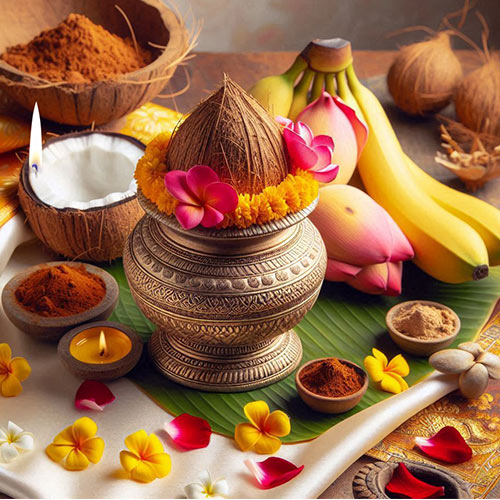
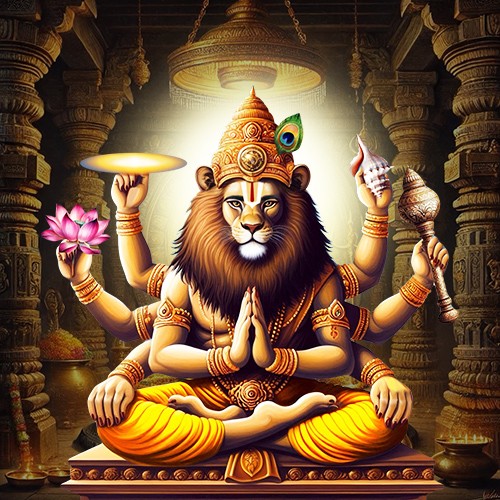
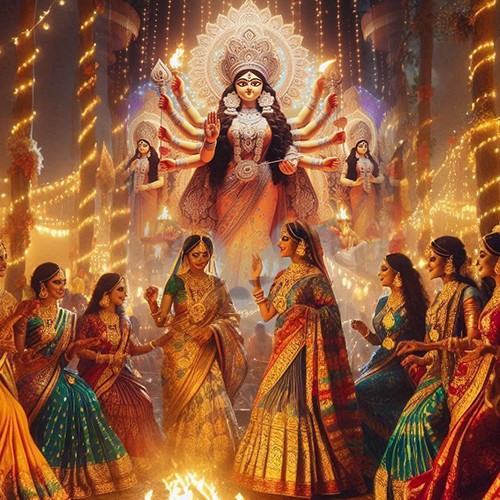
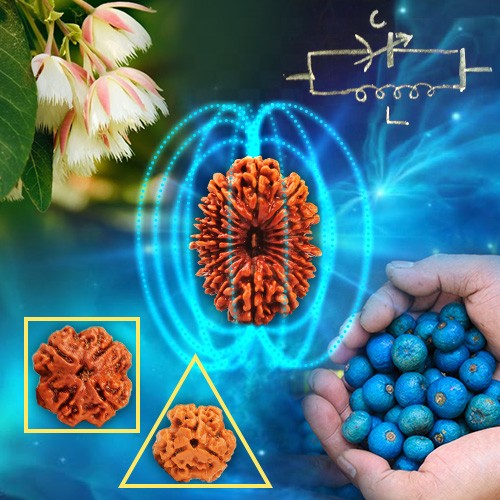

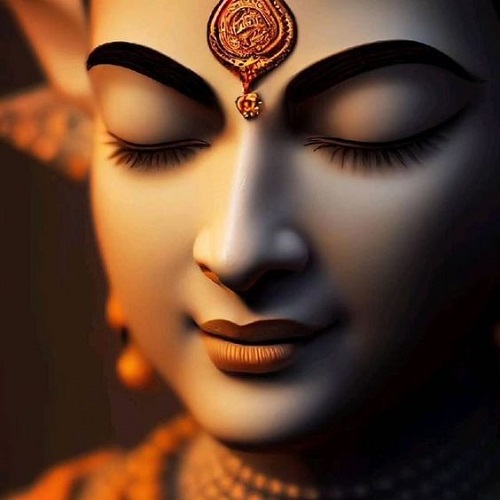
.jpg)
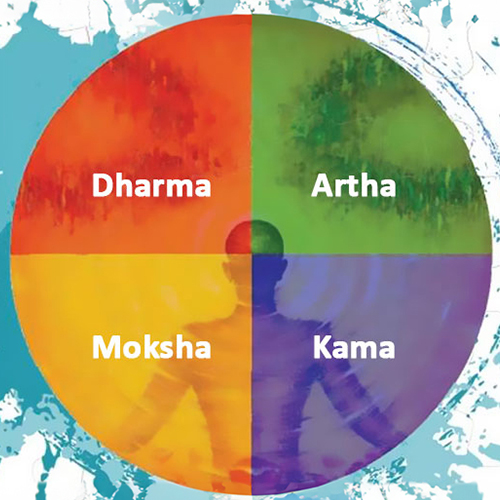
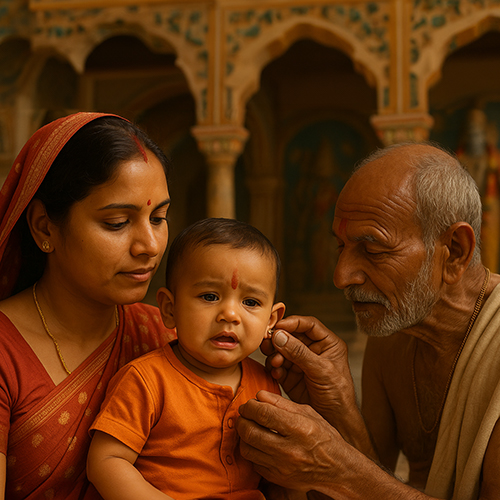
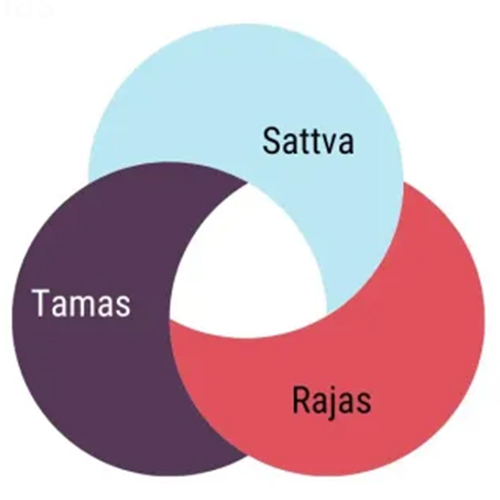
Comments 0
Leave your thought here